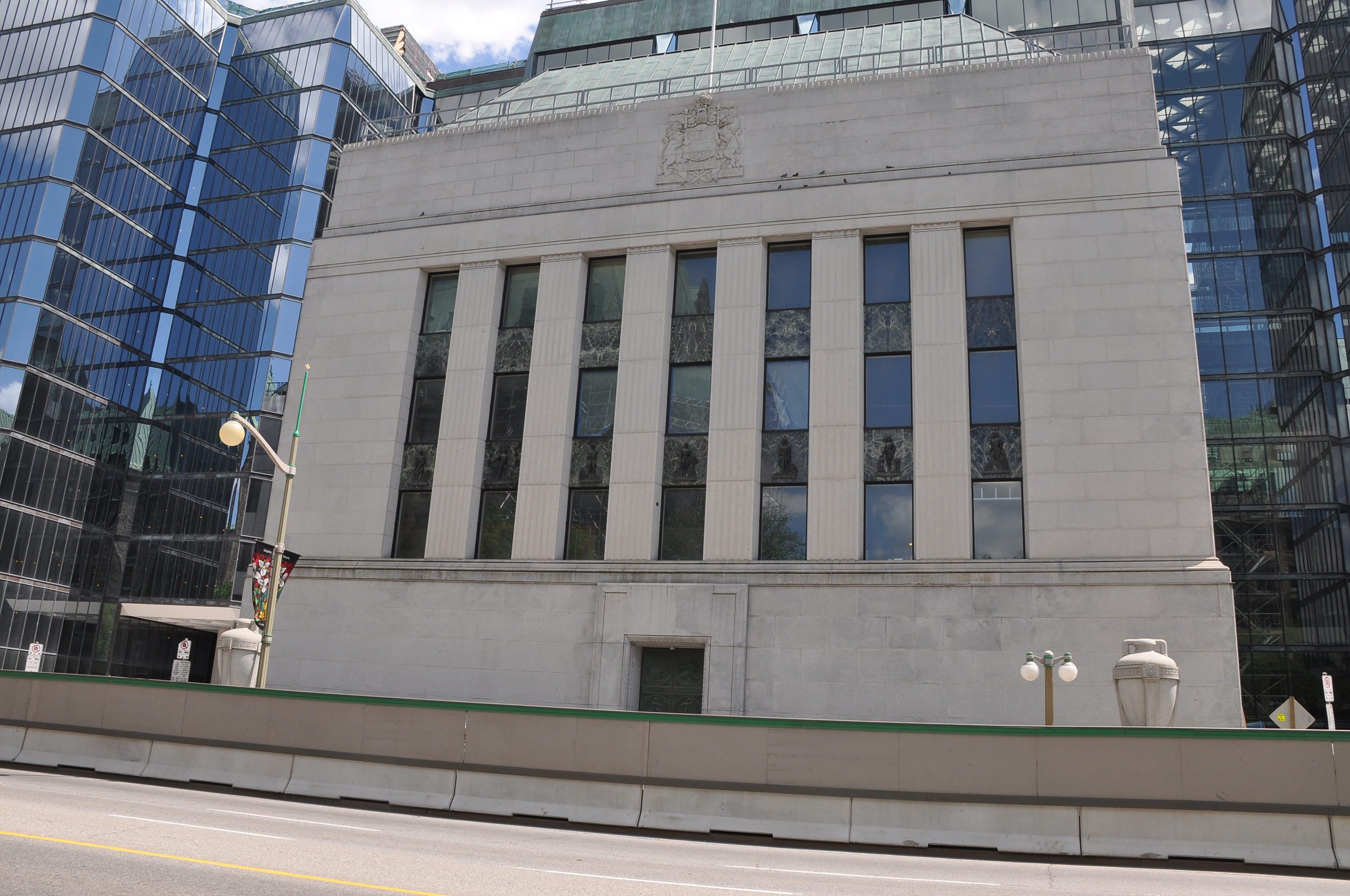
This article originally appeared in the Financial Post. Below is an excerpt from the article, which can be read in full here.
By Jack Mintz, July 26, 2022
With energy and food price increases accelerating in June, Canada’s blistering inflation rate has hit 8.1 per cent year-over-year. Food is up 8.8 per cent, shelter 7.1 per cent and transportation 16.8 per cent, the three together accounting for almost two-thirds of Canadians’ consumption. As a consequence, monetary policy is now the most critical public policy influencing Canada’s economy.
Awakening from its 2021 slumber, the Bank of Canada now seems determined to bring inflation down. It has clearly indicated it is willing to risk a recession if nothing less will bring inflationary expectations back to the two per cent target.
How ironic for the Trudeau government! In the last federal election campaign, the prime minister scoffed that monetary policy was not a priority for his government. Now he is eating crow as monetary policy’s consequences become his number-one priority. After the 2020-21 federal spending spree and monetary explosion, Canadians are paying a heavy price with an 11.2 per cent decline in the purchasing power of their hard-earned cash since December 2020. This inflation tax has led to a loss of $7,500 in inflation-adjusted, after-tax income for the median household.
***TO READ THE FULL ARTICLE, VISIT THE FINANCIAL POST HERE***





